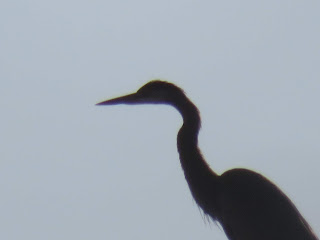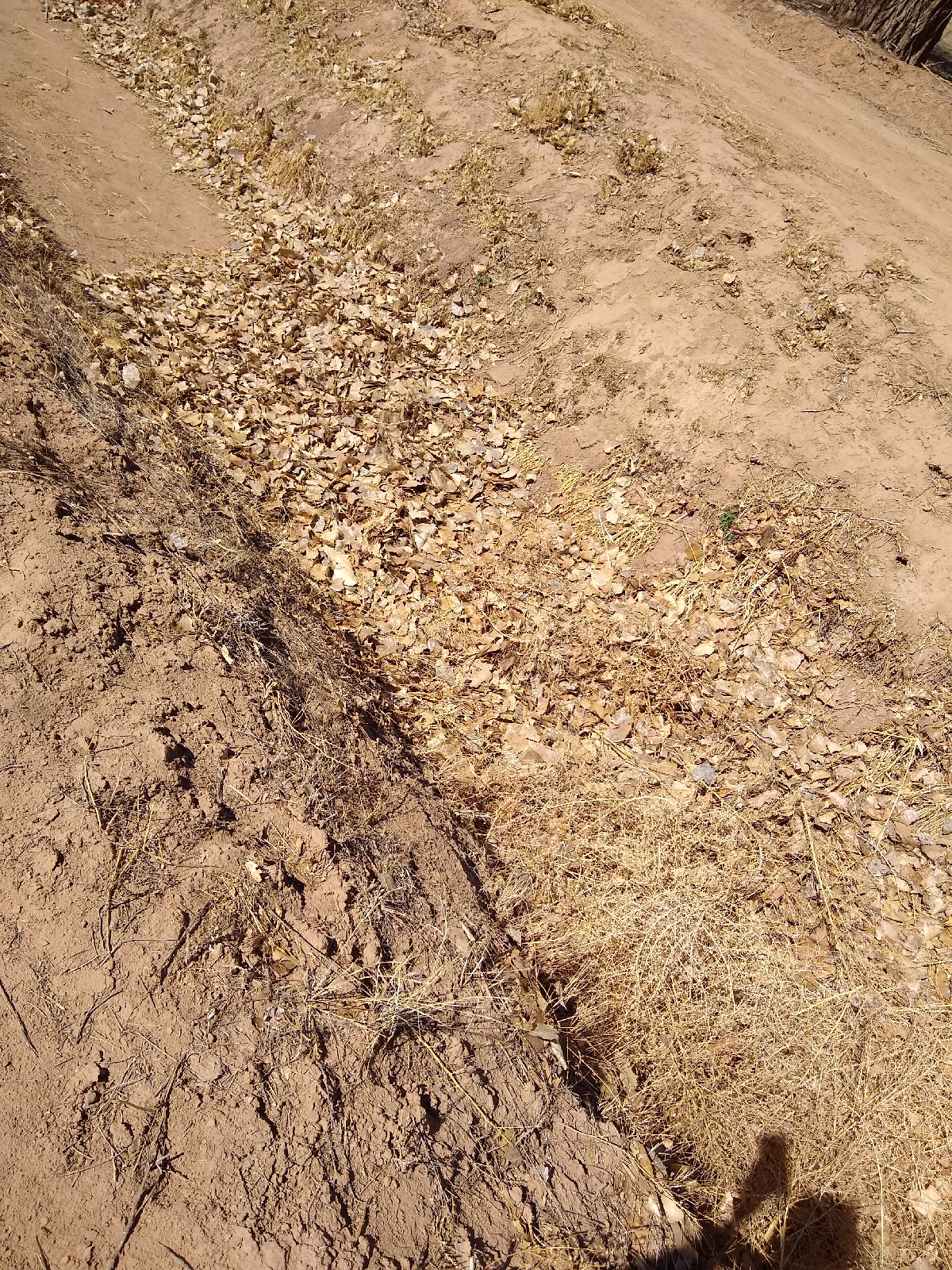The Corrales Bosque region is a very tidy park. While this can often be a bad thing for a nature reserve, we should always remember it takes a community to keep things the way they seem.
The newest migrants in town are moving around and looking for the best areas to explore. They are not like ravens, who can live off roadkill and trash dumps year round. These guys are the delicate, sensitive type.They spread out when in a new territory, but travel in caravans when migrating. They form a sort of spiraling vortex as they assess the territory and figure out navigation. This photo shows off the distinctive white wing stripe and the classic red head of a turkey vulture. Further south there are also black headed vultures and, apparently, yellow headed ones.
The nuthatches prefer caterpillars, but right now there are many wood boring beetles around.
I think I remember the females give off a scent as they emerge from the larval burrow they have chewed in the softwoods and the males (like this one) mate as soon as she comes out. There was a tyrant flycatcher snatching some, but he apparently missed this one.
This ladderbacked woodpecker is hunting for food, as opposed to the other species which are usually signalling to others in territory disputes. I used to wonder how they could be dumb enough to look for insects in treated telegraph poles, turns out they make the best resonators.
Wood in not only useful to climb, nest in, or burrow in. This scat made literally of sawdust shows where a porcupine spends its time in the bosque when not raiding fruit trees.
This poop pile on the side of a path is in a well known coyote area. Coyotes often mark trails with scat. Those anal glands that give domestic dogs so much trouble are used by the coyotes to discuss gossip with their neighbors as they travel at night.
It's well known that many domestic dogs like to eat poop. Its less appreciated that poop attracts coyotes into urban areas. Coyotes are true omnivores and the scat can be full of beetle wings, juniper berries, grapes, or fur (usually more in the winter). A dog or horse's poop is a rich source of protein for these scavengers. This picture was someone using a grocery bag to leave dog poop on the side of the path as a coyote snack.
The scuzzy ditch is slowly filing up with sediment brought in from ditch bank collapses, and wind borne dust. The cattails appear to have been introduced relatively recently, but are spreading incredibly fast.
The snotweed usually builds up and can cause problems in closed circuit ponds. Luckily, fishermen do not fish in ponds so the filamentous algae is not introduced. The carp can eat this plant material, but usually can't keep up with the growth. The eutrophication from decaying plants prevent fish from thriving, a mecca for amphibians that can breath air (meh, I'm pretty biased)
Turns out, for horse poop there IS a poop fairy (Canis latrans). Ever notice how it persists on well used trails, but is not found in more secluded parts of the bosque?
Poop fills a very important role in nutrient transfer. Dog poop runoff is easily overloads the Rio Grande carrying capacity during the monsoons with fecal coliform bacteria. But vegetarians like this goose poop also help bring nitrogen to the sandy soils along a river during the long periods where there is no flooding.
This white stuff is heron poop, digested fish is a very good source of nitrogen for plants in the mud. Also, the poop helps you see which way the sluggish water is flowing. Right now, the water levels seem to be rising and bringing water into the Scuzzy ditch.
This ditch shows the way foraging ducks stir up the silt as they move along the bank. The clear water on the left side is growing water weeds, but the silt stirred up by the ducks will smother the new underwater plants.
The underground portion of the river (Aquifer) is at least as important as the water above the ground. Here, this isolated pool is free of fish, and will likely grow a mature mesocosm of critters in a unique community in time for the water level to rise and the animals to join the backwaters connected to the Rio Grande. This is the Rio Grande equivalent of a Mississippi
bayou.
No reason for this midge to be included, i just like the rainbow effect of the wings.

















































